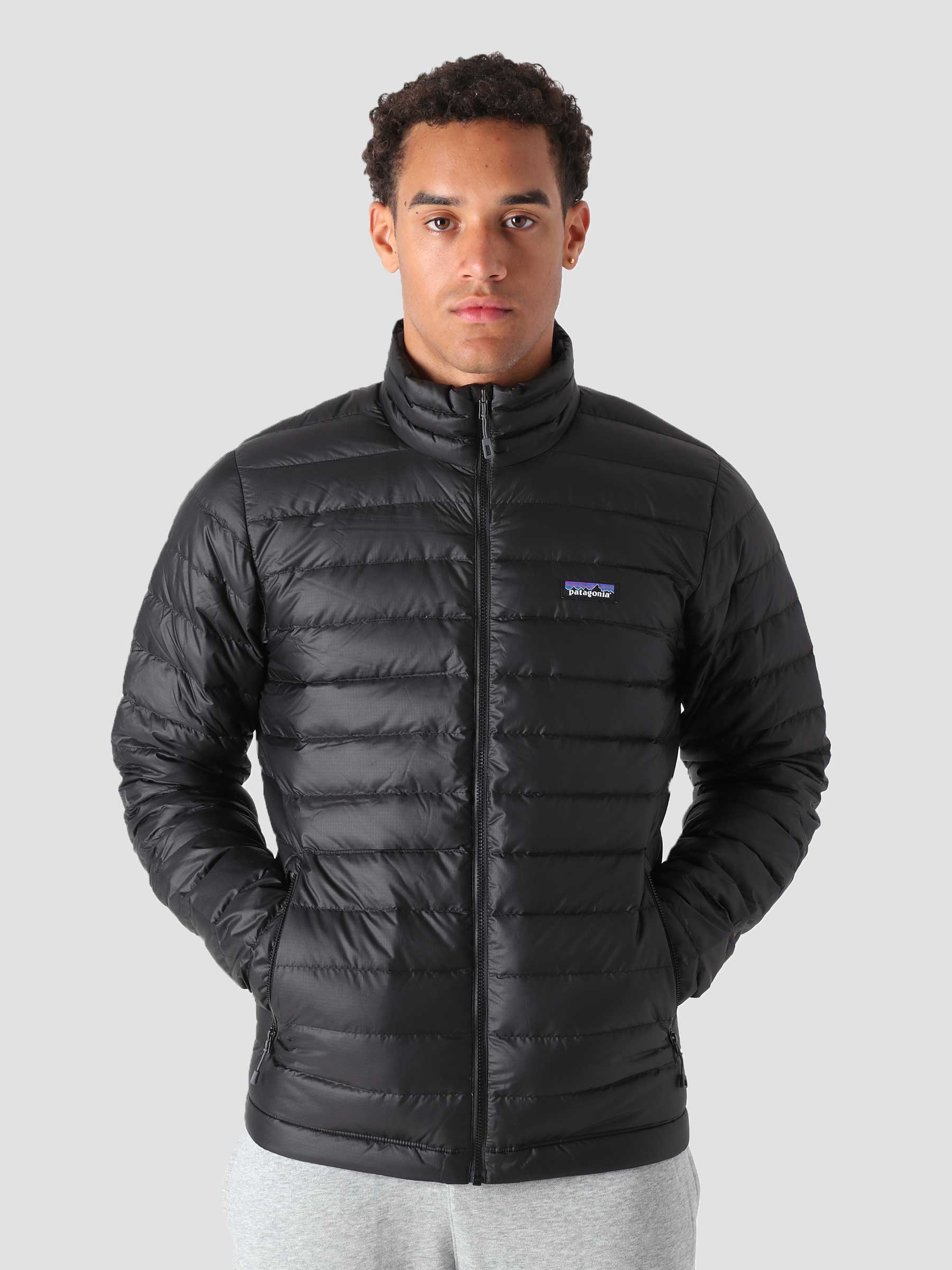As I stared out at the billowing sheets on my backyard clothesline, I smiled thinking about the money I was saving on my electricity bill.
I had discovered the benefits of line-drying my clothes rather than relying solely on my dryer. Not only was I reducing energy use, but my clothes were coming out fresher too.
If you want to start line-drying your clothes for free, here’s everything you need to know to set up an effective outdoor clothesline or Use quality clothespins that firmly grip items. I prefer the classic used patagonia wooden pins over flimsy plastic options.
Choosing the Right Location
When deciding where to put your clothesline, opt for a spot that will maximize sun exposure and airflow.
I chose an open area in my backyard that receives sunlight for most of the day. Avoid areas that are shaded by trees or buildings.
Proper airflow is also key to quick drying. Find a spot that is not obstructed by fences or other structures.
I initially set up my line underneath a patio overhang – big mistake! The clothes took forever to dry without direct exposure to the wind.
And don’t forget accessibility. Pick a location close to an exterior door so you don’t have to trek across the yard with heavy wet laundry.
My current clothesline is just steps from my backdoor mudroom.
Selecting the Best Type of Clothesline
There are several types of clotheslines to choose from depending on your needs and preferences:
- Retractable clotheslines– These attach to your home or garage and allow you to pull out horizontal lines when needed. Retractable models are easy to set up but provide less space than freestanding options.
- Umbrella or rotary clotheslines– Perfect for smaller yards, these open up like an umbrella with multiple dangling lines. They take up minimal space when not in use.
- Freestanding clotheslines– Ideal for large yards, these feature multiple parallel lines anchored on vertical posts. Freestanding models provide the most drying space.
I opted for a freestanding T-shaped clothesline with three lines, providing plenty of room for loads of laundry. The sturdy steel frame ensures stability even on windy days.

Hanging Laundry Effectively
Once your clothesline is set up, it’s time to start hanging laundry for optimal drying. Here are some tips:
- Shake items out thoroughly so they hang flat without bunching. This allows air to circulate properly.
- Use quality clothespins that firmly grip items. I prefer the classic used patagonia wooden pins over flimsy plastic options.
- Hang sheets and towels on the outer lines, allowing maximum airflow. Undergarments and socks can go on inner lines.
- Give delicate items their own space to prevent stretching from the weight of heavier pieces.
- Hang items inside-out when possible. This protects the outer fabric from fading but still allows the interior to fully dry.
Following these simple tricks will take your line-drying skills from amateur to expert level.
Maintaining Your Outdoor Clothesline
A quality clothesline can provide years of service with proper maintenance. Follow these care tips:
- Wipe down wooden components occasionally with a light wood oil to prevent cracking. Plastic or metal frames just need rinsing.
- Check fittings and connections regularly for wear. Tighten or replace parts as needed.
- Consider taking down freestanding units in extreme winter weather to prevent damage. Store indoors until ready for spring use.
- Let the line air-dry fully prior to folding up retractable or umbrella models to prevent mildew.
With the proper placement, setup, and care, your clothesline will safely dry load after load while saving money and keeping clothes fresh. Let the breeze do the work so you don’t have to!

